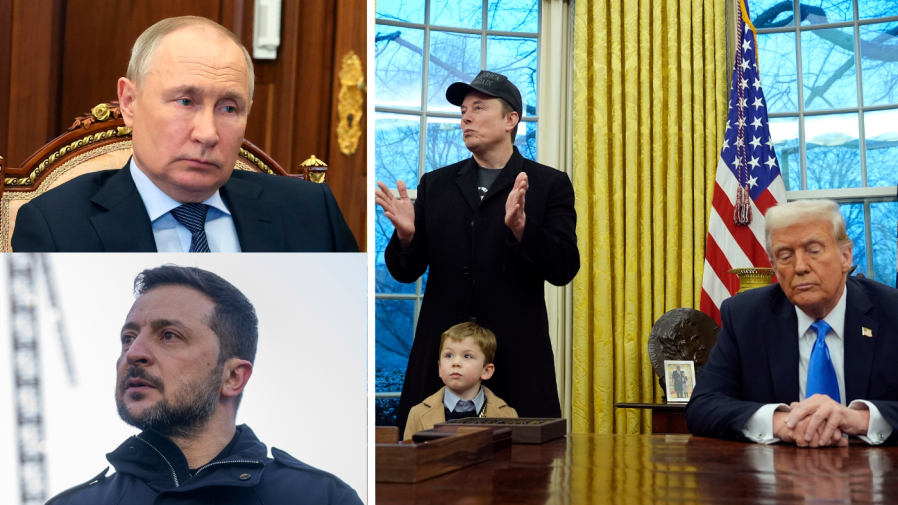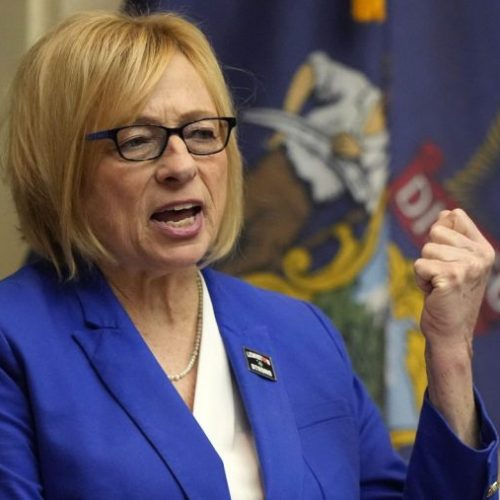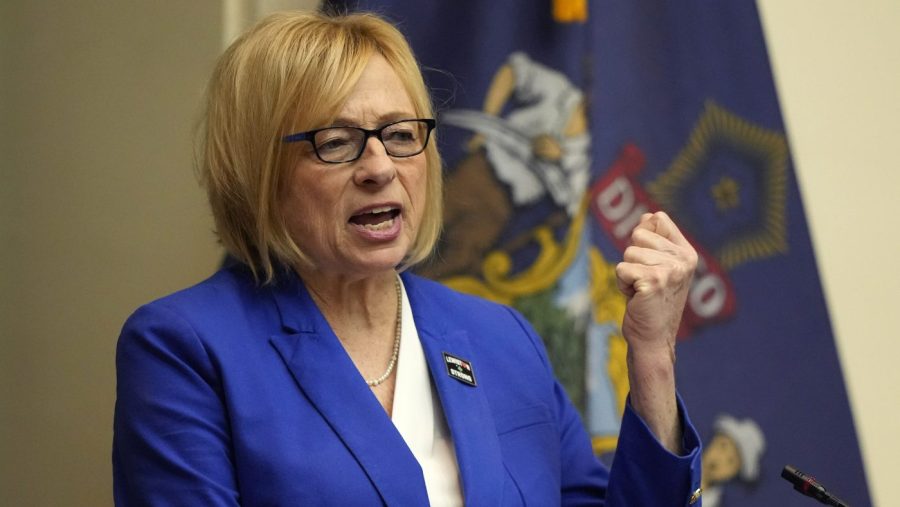Recent developments in U.S. foreign policy regarding Russia and Ukraine have sparked controversy and concern among allies and political observers. Here’s a breakdown of the key events and their potential implications:
Trump-Putin Phone Call and Policy Shift
On February 13, 2025, President Donald Trump had a phone call with Russian President Vladimir Putin, which has been described as “lengthy and highly productive.” This call marked a significant shift in U.S. policy towards Ukraine and Russia:
1. Trump suggested that Ukraine’s NATO membership is “impractical.”
2. He indicated that the return of Russian-occupied territories to Ukraine is “illusionary.”
3. The conversation covered a broad range of topics, including the Middle East, global energy markets, and artificial intelligence.
This abrupt change in policy effectively ended a three-year, U.S.-led effort to isolate Russia over its actions in Ukraine.
Administration Statements and Allied Reactions
Following the call, key members of the Trump administration made statements that further clarified the new U.S. stance:
1. Defense Secretary Pete Hegseth told NATO allies that Ukraine shouldn’t expect to regain all its territory from Russia and will not be allowed to join NATO.
2. The administration suggested that NATO should not play a role in future peacekeeping missions in Ukraine.
These statements have caused concern among European allies, with former Swedish Prime Minister Carl Bildt describing it as an “innovative approach to a negotiation to make very major concessions even before they have started.”
Potential Implications
1. Weakened NATO Unity: The U.S. policy shift may create divisions within NATO and weaken the alliance’s unified stance against Russian aggression.
2. Emboldened Russia: Moscow views this change as a symbolic win, potentially encouraging further assertive behavior in the region.
3. Marginalized Ukraine: There are concerns that Ukraine might be presented with a deal negotiated behind its back, contradicting the previous U.S. policy of “nothing about Ukraine without Ukraine.”
4. Strained U.S.-European Relations: European leaders appear taken aback by the sudden policy change, which could lead to tensions with traditional allies.
Background and Context
The conflict in Ukraine began in 2014 with Russia’s annexation of Crimea and support for separatist movements in eastern Ukraine. In February 2022, Russia launched a full-scale invasion, leading to a protracted war. The United States, under previous administrations, had maintained a policy of supporting Ukraine’s sovereignty and territorial integrity while imposing sanctions on Russia. This recent policy shift represents a significant departure from the approach taken by the Biden administration and could have far-reaching consequences for regional stability and international relations.
Multiple Perspectives
While some view this policy change as a pragmatic approach to ending the conflict, critics argue that it undermines Ukraine’s sovereignty and rewards Russian aggression. The situation remains fluid, and it will be crucial to monitor how these developments unfold in the coming weeks and months.
As this is a developing story, it’s important to stay informed through multiple reputable news sources to gain a comprehensive understanding of the situation and its potential impacts on global politics and security.









